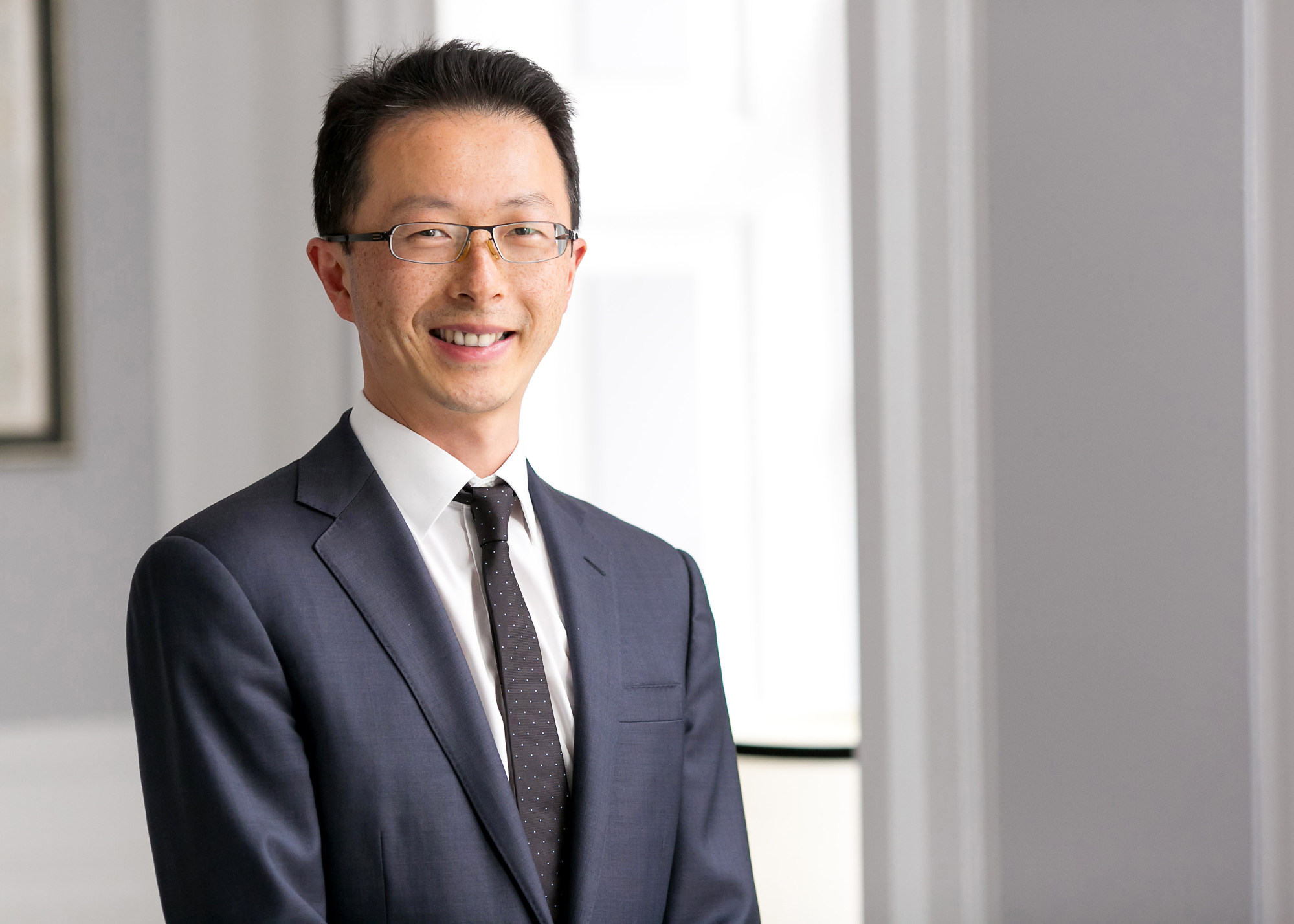
Exclusive | US fund manager Allspring sees rising demand for ‘liquid alternatives’ after bond, equity slump last year
- US asset manager has noticed an uptick in demand for liquid alternatives and multi-asset strategies as it eyes a larger client base in Asia
- The classic 60:40 portfolio allocation strategy needs to be improved, providing room for a multi-asset approach, Allspring’s Eddie Cheng says
Last year’s rare scenario when both equities and bonds fell has spurred the need for altering the traditional 60:40 asset allocation, with Allspring witnessing a rising appetite for alternative assets among its clients, said Eddie Cheng, the head of international multi-asset portfolio management at the company, which has US$463 billion of assets under management. The 60:40 asset allocation is a classic portfolio in which 60 per cent is invested in equities and 40 per cent in fixed-income.
“We do need to think how we can actually diversify away a bit from just equity and bonds,” he said, adding that investors could opt for “liquid alternative” strategies.
The rising interest in multi-asset strategies underscored investors’ need for hedging against risks after a historic year when global stocks and bonds both fell sharply, adding to the liquidity woes from traditional alternative assets such as private equity and real estate, as investors found it hard to exit amid a sluggish market.

The MSCI All-World Index fell close to 20 per cent last year, while 10-year Treasury yields, a benchmark for the bond market and which moves inversely with bond prices, spiked to 3.88 per cent in 2022 from 1.52 per cent in 2021.
Allspring suggests allocating more to liquid alternatives, strategies or assets which provide quick liquidity while behaving very differently from traditional asset classes.
US investment manager Neuberger Berman eyes more mutual funds in China
“Liquid alternative is more of an investment strategy and not so much an investment target,” Cheng said. For example, it uses different investing methods, such as a long-short strategy, buying a security at a low price and at the same time selling another security in the existing portfolio that is deemed overpriced.
The American asset manager, formerly Wells Fargo Asset Management, is growing its footprint in Asia, particularly North Asia.
After establishing an office in Hong Kong in January, Allspring is reaching out and trying to serve more institutions, such as sovereign wealth funds, insurance companies and pension plan funds, said Linda Luk, head of sales for North Asia. The asset manager is also tapping the private wealth space, such as high-net-worth-individuals, family offices and private banks.

“Our plan is to expand our business in North Asia, because Hong Kong is in a very good position to tap the Greater China market,” Luk said.
“Between liquid securities and very illiquid assets, there is a third role – liquid alternatives, which our team has expertise in, running the strategy for many years already. Now we think that is a great opportunity to introduce it to high-net-worth individuals.”
Cheng, however, said the 60:40 classic asset allocation strategy is expected to continue to dominate investment portfolios, for both institutional and retail investors.
“I don’t think 60:40 is dead or old-fashioned,” he said. “But on the other hand, people do need to improve it. The bond and equity type of correlation will gradually come back … It might take some time.”
Inflation is peaking in some regions, easing investors’ concerns on the uncertainty surrounding price increases – which contributed in a big way to the declines in bonds and stocks last year, Cheng said.

